Vinegar cleaning tips – who knew something so readily available in our pantry could be such a powerhouse cleaner? I’m always on the lookout for ways to simplify my life and reduce the number of harsh chemicals I bring into my home. That’s why I’m so excited to share these amazing DIY vinegar cleaning hacks with you!
Vinegar’s been used for cleaning for centuries! In ancient times, civilizations like the Egyptians and Romans recognized its potent antibacterial and antifungal properties. They used it not only for cooking but also for preserving food and, you guessed it, cleaning their homes. Talk about a multi-tasker!
Let’s face it, cleaning can be a chore. But what if I told you that you could tackle those tough stains, eliminate odors, and disinfect surfaces with just one simple ingredient? That’s where these vinegar cleaning tips come in. From sparkling windows to a spotless bathroom, I’m going to show you how to harness the natural cleaning power of vinegar to create a healthier and happier home. Get ready to ditch those expensive, chemical-laden cleaners and embrace the simplicity and effectiveness of vinegar!
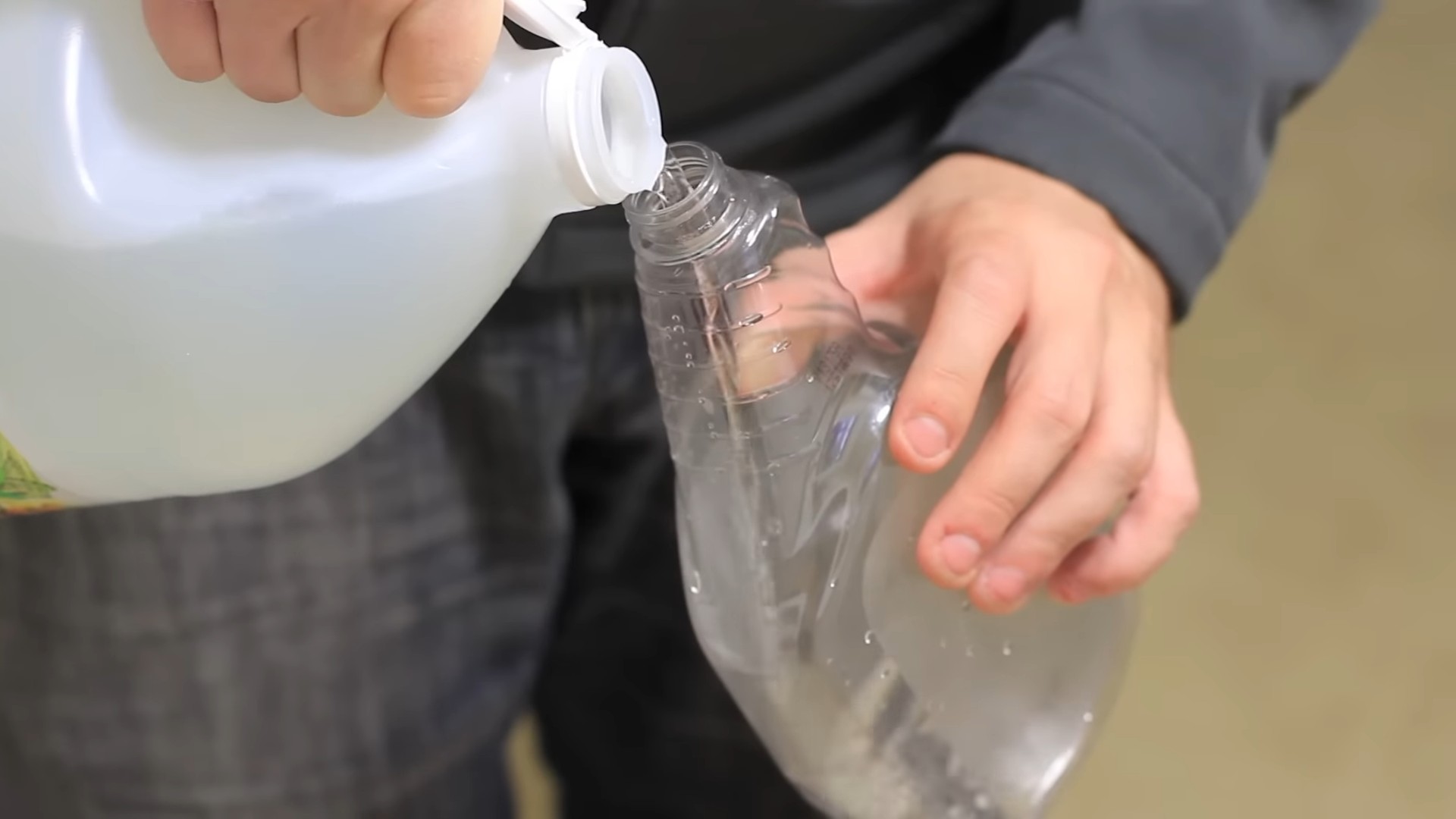
DIY Vinegar Cleaning Power: Unleash the Natural Magic!
Hey there, fellow cleaning enthusiasts! I’m so excited to share my favorite vinegar cleaning hacks with you. Vinegar is truly a miracle worker – it’s cheap, eco-friendly, and surprisingly effective at tackling all sorts of messes around the house. Forget those harsh chemicals; let’s dive into the wonderful world of vinegar cleaning!
General Vinegar Cleaning Tips: The Foundation for Success
Before we get into specific projects, let’s cover some essential vinegar cleaning guidelines:
* Dilution is Key: Always dilute vinegar with water. A 50/50 solution is generally safe for most surfaces, but you might need a stronger concentration for tougher stains.
* Test First: Before applying vinegar to any surface, especially delicate ones like marble or granite, test it in an inconspicuous area to ensure it doesn’t cause damage or discoloration.
* Ventilation is Important: While vinegar is natural, it does have a strong odor. Open windows or use a fan to ensure proper ventilation while cleaning.
* Don’t Mix with Bleach: This is crucial! Mixing vinegar with bleach creates toxic chlorine gas, which is extremely dangerous. Never, ever mix these two cleaning agents.
* White Distilled Vinegar is Your Best Friend: While other types of vinegar exist, white distilled vinegar is the most versatile and effective for cleaning purposes. It’s also the cheapest!
* Embrace the Smell (It Fades!): Yes, vinegar has a distinctive smell, but don’t worry, it dissipates quickly. You can also add a few drops of essential oil to your vinegar solution to mask the odor. Lavender, lemon, and tea tree oil are great choices.
* Microfiber is Your Ally: Microfiber cloths are excellent for cleaning with vinegar. They’re absorbent, non-abrasive, and help to lift dirt and grime effectively.
Cleaning Your Kitchen with Vinegar: A Sparkling Sanctuary
The kitchen is often the dirtiest room in the house, but vinegar can help you keep it sparkling clean!
Cleaning Your Microwave with Vinegar: Steam Power!
This is one of my favorite tricks! It’s so easy and effective.
1. Prepare the Solution: In a microwave-safe bowl, mix 1 cup of water with 1/4 cup of white distilled vinegar.
2. Microwave It: Place the bowl in the microwave and heat it on high for 5-7 minutes, or until the solution boils and the microwave is filled with steam.
3. Let It Sit: Leave the microwave door closed for another 5-10 minutes to allow the steam to loosen any stuck-on food particles.
4. Wipe It Clean: Carefully remove the bowl (it will be hot!) and wipe down the inside of the microwave with a clean cloth or sponge. The grime should come off easily.
5. Clean the Turntable: Remove the turntable and wash it with warm, soapy water.
6. Enjoy Your Sparkling Microwave: Admire your clean and fresh-smelling microwave!
Cleaning Your Coffee Maker with Vinegar: Fresh Brews Ahead!
A clean coffee maker is essential for delicious coffee. Vinegar can help remove mineral buildup and keep your coffee tasting its best.
1. Empty the Coffee Maker: Remove any coffee grounds or filters from your coffee maker.
2. Fill with Vinegar: Fill the water reservoir with equal parts white distilled vinegar and water.
3. Brew Halfway: Turn on the coffee maker and let it brew halfway through the cycle.
4. Let It Sit: Turn off the coffee maker and let the vinegar solution sit in the reservoir for 30-60 minutes. This allows the vinegar to dissolve mineral deposits.
5. Finish Brewing: Turn the coffee maker back on and let it finish brewing the remaining vinegar solution.
6. Rinse Thoroughly: Rinse the coffee maker by brewing 2-3 cycles of fresh water. This will remove any lingering vinegar taste or smell.
7. Enjoy Fresh Coffee: Your coffee maker is now clean and ready to brew delicious coffee!
Cleaning Your Dishwasher with Vinegar: Sparkling Dishes Guaranteed!
A clean dishwasher is essential for sparkling dishes. Vinegar can help remove food particles, mineral buildup, and odors.
1. Empty the Dishwasher: Make sure your dishwasher is empty.
2. Vinegar in a Cup: Place a dishwasher-safe cup or bowl filled with 1 cup of white distilled vinegar on the top rack of the dishwasher.
3. Run a Hot Cycle: Run the dishwasher on a hot cycle.
4. Repeat Monthly: Repeat this process once a month to keep your dishwasher clean and fresh.
Cleaning Kitchen Counters with Vinegar: A Natural Disinfectant
Vinegar is a great natural disinfectant for kitchen counters, but remember to test it first on an inconspicuous area, especially if you have granite or marble countertops.
1. Prepare the Solution: Mix equal parts white distilled vinegar and water in a spray bottle.
2. Spray and Wipe: Spray the solution onto your kitchen counters and let it sit for a few minutes.
3. Wipe Clean: Wipe the counters clean with a damp cloth or sponge.
4. Dry Thoroughly: Dry the counters with a clean towel.
Bathroom Bliss: Vinegar to the Rescue!
The bathroom can be a breeding ground for germs and grime, but vinegar can help you keep it clean and fresh.
Cleaning Shower Heads with Vinegar: Restore the Flow!
Mineral buildup can clog shower heads and reduce water pressure. Vinegar can dissolve these deposits and restore your shower head to its former glory.
1. Vinegar Bath: Fill a plastic bag with white distilled vinegar.
2. Secure the Bag: Attach the bag to the shower head using a rubber band or twist tie, ensuring the shower head is completely submerged in the vinegar.
3. Soak Overnight: Let the shower head soak in the vinegar overnight.
4. Remove and Rinse: Remove the bag and rinse the shower head thoroughly with water.
5. Remove Stubborn Deposits: If there are any stubborn deposits, use an old toothbrush to scrub them away.
6. Enjoy a Powerful Shower: Your shower head should now be clean and provide a strong, even flow of water.
Cleaning Toilets with Vinegar: A Sparkling Throne!
Vinegar can help remove stains, mineral buildup, and odors from your toilet.
1. Pour in Vinegar: Pour 1-2 cups of white distilled vinegar into the toilet bowl.
2. Let It Sit: Let the vinegar sit for several hours, or preferably overnight.
3. Scrub and Flush: Scrub the toilet bowl with a toilet brush and flush.
4. For Stubborn Stains: For stubborn stains, you can create a paste of baking soda and vinegar and apply it to the stain. Let it sit for 30 minutes before scrubbing and flushing.
Cleaning Bathroom Mirrors with Vinegar: Streak-Free Shine!
Vinegar is a fantastic natural cleaner for bathroom mirrors, leaving them streak-free and sparkling.
1. Prepare the Solution: Mix equal parts white distilled vinegar and water in a spray bottle.
2. Spray and Wipe: Spray the solution onto the mirror and wipe it clean with a microfiber cloth.
3. Buff to Shine: Buff the mirror with a dry microfiber cloth to remove any streaks and achieve a sparkling shine.
Beyond the Kitchen and Bathroom: Vinegar’s Versatility
Vinegar’s cleaning power extends far beyond the kitchen and bathroom. Here are a few more ways you can use vinegar to clean your home:
Cleaning Windows with Vinegar: Crystal Clear Views!
Vinegar is a great natural window cleaner, leaving them streak-free and sparkling.
1. Prepare the Solution: Mix equal parts white distilled vinegar and water in a spray bottle.
2. Spray and Wipe: Spray the solution onto the windows and wipe them clean with a microfiber cloth or squeegee.
3. Dry Thoroughly: Dry the windows with a clean, dry microfiber cloth to prevent streaks.
Hey there, fellow cleaning enthusiasts! I’m so excited to share my favorite vinegar cleaning hacks with you. Vinegar is truly a miracle worker – it’s cheap, eco-friendly, and surprisingly effective at tackling all sorts of messes around the house. Forget those harsh chemicals; let’s dive into the wonderful world of vinegar cleaning!
General Vinegar Cleaning Tips: The Foundation for Success
Before we get into specific projects, let’s cover some essential vinegar cleaning guidelines:
* Dilution is Key: Always dilute vinegar with water. A 50/50 solution is generally safe for most surfaces, but you might need a stronger concentration for tougher stains.
* Test First: Before applying vinegar to any surface, especially delicate ones like marble or granite, test it in an inconspicuous area to ensure it doesn’t cause damage or discoloration.
* Ventilation is Important: While vinegar is natural, it does have a strong odor. Open windows or use a fan to ensure proper ventilation while cleaning.
* Don’t Mix with Bleach: This is crucial! Mixing vinegar with bleach creates toxic chlorine gas, which is extremely dangerous. Never, ever mix these two cleaning agents.
* White Distilled Vinegar is Your Best Friend: While other types of vinegar exist, white distilled vinegar is the most versatile and effective for cleaning purposes. It’s also the cheapest!
* Embrace the Smell (It Fades!): Yes, vinegar has a distinctive smell, but don’t worry, it dissipates quickly. You can also add a few drops of essential oil to your vinegar solution to mask the odor. Lavender, lemon, and tea tree oil are great choices.
* Microfiber is Your Ally: Microfiber cloths are excellent for cleaning with vinegar. They’re absorbent, non-abrasive, and help to lift dirt and grime effectively.
Cleaning Your Kitchen with Vinegar: A Sparkling Sanctuary
The kitchen is often the dirtiest room in the house, but vinegar can help you keep it sparkling clean!
Cleaning Your Microwave with Vinegar: Steam Power!
This is one of my favorite tricks! It’s so easy and effective.
1. Prepare the Solution: In a microwave-safe bowl, mix 1 cup of water with 1/4 cup of white distilled vinegar.
2. Microwave It: Place the bowl in the microwave and heat it on high for 5-7 minutes, or until the solution boils and the microwave is filled with steam.
3. Let It Sit: Leave the microwave door closed for another 5-10 minutes to allow the steam to loosen any stuck-on food particles.
4. Wipe It Clean: Carefully remove the bowl (it will be hot!) and wipe down the inside of the microwave with a clean cloth or sponge. The grime should come off easily.
5. Clean the Turntable: Remove the turntable and wash it with warm, soapy water.
6. Enjoy Your Sparkling Microwave: Admire your clean and fresh-smelling microwave!
Cleaning Your Coffee Maker with Vinegar: Fresh Brews Ahead!
A clean coffee maker is essential for delicious coffee. Vinegar can help remove mineral buildup and keep your coffee tasting its best.
1. Empty the Coffee Maker: Remove any coffee grounds or filters from your coffee maker.
2. Fill with Vinegar: Fill the water reservoir with equal parts white distilled vinegar and water.
3. Brew Halfway: Turn on the coffee maker and let it brew halfway through the cycle.
4. Let It Sit: Turn off the coffee maker and let the vinegar solution sit in the reservoir for 30-60 minutes. This allows the vinegar to dissolve mineral deposits.
5. Finish Brewing: Turn the coffee maker back on and let it finish brewing the remaining vinegar solution.
6. Rinse Thoroughly: Rinse the coffee maker by brewing 2-3 cycles of fresh water. This will remove any lingering vinegar taste or smell.
7. Enjoy Fresh Coffee: Your coffee maker is now clean and ready to brew delicious coffee!
Cleaning Your Dishwasher with Vinegar: Sparkling Dishes Guaranteed!
A clean dishwasher is essential for sparkling dishes. Vinegar can help remove food particles, mineral buildup, and odors.
1. Empty the Dishwasher: Make sure your dishwasher is empty.
2. Vinegar in a Cup: Place a dishwasher-safe cup or bowl filled with 1 cup of white distilled vinegar on the top rack of the dishwasher.
3. Run a Hot Cycle: Run the dishwasher on a hot cycle.
4. Repeat Monthly: Repeat this process once a month to keep your dishwasher clean and fresh.
Cleaning Kitchen Counters with Vinegar: A Natural Disinfectant
Vinegar is a great natural disinfectant for kitchen counters, but remember to test it first on an inconspicuous area, especially if you have granite or marble countertops.
1. Prepare the Solution: Mix equal parts white distilled vinegar and water in a spray bottle.
2. Spray and Wipe: Spray the solution onto your kitchen counters and let it sit for a few minutes.
3. Wipe Clean: Wipe the counters clean with a damp cloth or sponge.
4. Dry Thoroughly: Dry the counters with a clean towel.
Bathroom Bliss: Vinegar to the Rescue!
The bathroom can be a breeding ground for germs and grime, but vinegar can help you keep it clean and fresh.
Cleaning Shower Heads with Vinegar: Restore the Flow!
Mineral buildup can clog shower heads and reduce water pressure. Vinegar can dissolve these deposits and restore your shower head to its former glory.
1. Vinegar Bath: Fill a plastic bag with white distilled vinegar.
2. Secure the Bag: Attach the bag to the shower head using a rubber band or twist tie, ensuring the shower head is completely submerged in the vinegar.
3. Soak Overnight: Let the shower head soak in the vinegar overnight.
4. Remove and Rinse: Remove the bag and rinse the shower head thoroughly with water.
5. Remove Stubborn Deposits: If there are any stubborn deposits, use an old toothbrush to scrub them away.
6. Enjoy a Powerful Shower: Your shower head should now be clean and provide a strong, even flow of water.
Cleaning Toilets with Vinegar: A Sparkling Throne!
Vinegar can help remove stains, mineral buildup, and odors from your toilet.
1. Pour in Vinegar: Pour 1-2 cups of white distilled vinegar into the toilet bowl.
2. Let It Sit: Let the vinegar sit for several hours, or preferably overnight.
3. Scrub and Flush: Scrub the toilet bowl with a toilet brush and flush.
4. For Stubborn Stains: For stubborn stains, you can create a paste of baking soda and vinegar and apply it to the stain. Let it sit for 30 minutes before scrubbing and flushing.
Cleaning Bathroom Mirrors with Vinegar: Streak-Free Shine!
Vinegar is a fantastic natural cleaner for bathroom mirrors, leaving them streak-free and sparkling.
1. Prepare the Solution: Mix equal parts white distilled vinegar and water in a spray bottle.
2. Spray and Wipe: Spray the solution onto the mirror and wipe it clean with a microfiber cloth.
3. Buff to Shine: Buff the mirror with a dry microfiber cloth to remove any streaks and achieve a sparkling shine.
Beyond the Kitchen and Bathroom: Vinegar’s Versatility
Vinegar’s cleaning power extends far beyond the kitchen and bathroom. Here are a few more ways you can use vinegar to clean your home:
Cleaning Windows with Vinegar: Crystal Clear Views!
Vinegar is a great natural window cleaner, leaving them streak-free and sparkling.
1. Prepare the Solution: Mix equal parts white distilled vinegar and water in a spray bottle.
2. Spray and Wipe: Spray the solution onto the windows and wipe them clean with a microfiber cloth or squeegee.
3. Dry Thoroughly: Dry the windows with a clean, dry microfiber cloth to prevent streaks.
Cleaning Laundry with Vinegar: A Natural Booster!
Vinegar can be used as a natural laundry booster to brighten clothes, remove odors, and soften fabrics.
1. Add to the Wash: Add 1/2 cup of white distilled vinegar to the washing machine during the rinse cycle.
2. Odor Removal: For particularly smelly clothes, soak them in a solution of vinegar and water before washing.
3. Fabric Softener Alternative: Vinegar can also be used as a natural fabric softener.
Cleaning Floors with Vinegar: A Safe and Effective Option
Vinegar can be used to clean many types of floors, but always test it in an inconspicuous area first, especially on hardwood floors.
1. Prepare the Solution: Mix 1/2 cup of white distilled vinegar with 1 gallon of warm water.
2.
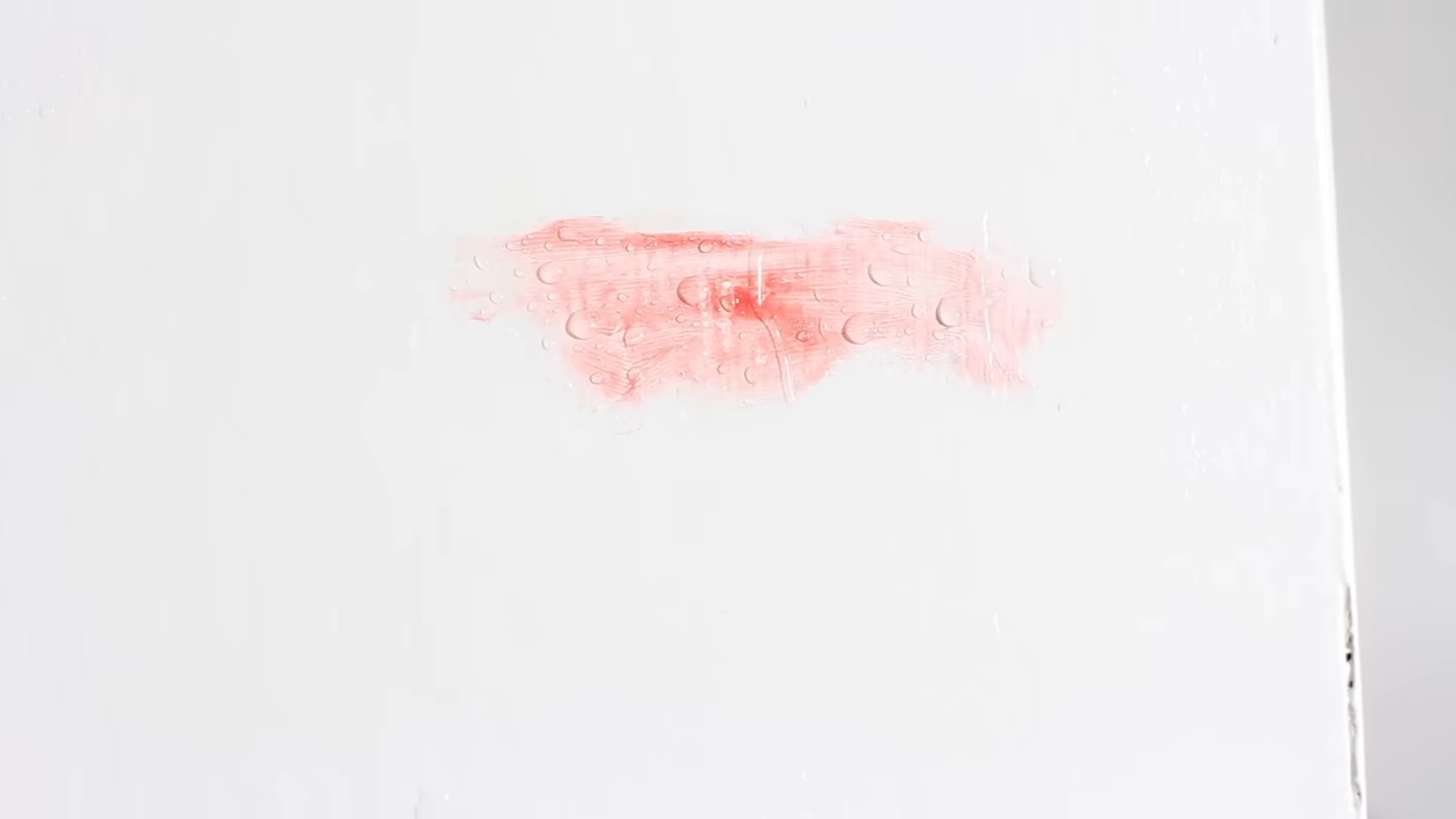
Conclusion
So, there you have it! Mastering the art of vinegar cleaning is not just about saving money; it’s about embracing a powerful, eco-friendly, and surprisingly versatile cleaning solution. We’ve explored how this humble pantry staple can tackle everything from stubborn hard water stains to lingering odors, proving its worth as a true cleaning champion.
But why is this DIY trick a must-try? Because it’s effective, affordable, and readily available. Unlike many commercial cleaners laden with harsh chemicals and hefty price tags, vinegar offers a natural alternative that’s gentle on your home and your wallet. It’s a win-win! Plus, the satisfaction of creating your own cleaning solutions and knowing exactly what you’re using is incredibly rewarding.
Think of the possibilities! You can infuse your vinegar cleaning solutions with essential oils like lavender or lemon for a refreshing scent boost. Experiment with different dilutions to find the perfect strength for various cleaning tasks. Try adding a few drops of dish soap to your vinegar solution for extra degreasing power. The options are truly endless, allowing you to customize your cleaning routine to perfectly suit your needs and preferences.
Don’t just take our word for it, though. The real magic happens when you experience the power of vinegar cleaning firsthand. We urge you to give these tips a try. Start with a small, manageable task, like cleaning your microwave or descaling your showerhead. Witness the grime melt away and the surfaces sparkle with newfound cleanliness.
We’re confident that once you experience the effectiveness and simplicity of vinegar cleaning, you’ll be hooked. It’s a game-changer for anyone looking to simplify their cleaning routine, reduce their environmental impact, and save money in the process.
So, grab a bottle of vinegar, put on your cleaning gloves, and get ready to transform your home into a sparkling oasis. And most importantly, we want to hear about your experiences! Share your before-and-after photos, your favorite vinegar cleaning hacks, and any variations you’ve discovered in the comments below. Let’s build a community of vinegar cleaning enthusiasts and share the knowledge! Your insights could inspire others to embrace this amazing DIY cleaning solution and discover its incredible potential. Let us know how these vinegar cleaning tips worked for you!
Frequently Asked Questions (FAQs)
Is vinegar safe to use on all surfaces?
While vinegar is a fantastic cleaner, it’s not suitable for every surface. Avoid using it on natural stone surfaces like marble, granite, and travertine, as the acidity can etch and damage them. It’s also best to avoid using vinegar on waxed wood furniture, as it can strip the wax finish. Be cautious when using vinegar on electronics, and always unplug them before cleaning. Test any vinegar solution on an inconspicuous area first to ensure it doesn’t cause discoloration or damage. When in doubt, consult the manufacturer’s instructions for the specific surface you’re cleaning.
What type of vinegar is best for cleaning?
Distilled white vinegar is the most commonly recommended type of vinegar for cleaning. It’s inexpensive, readily available, and has a consistent acidity level, making it ideal for a wide range of cleaning tasks. While other types of vinegar, such as apple cider vinegar, can also be used, they may have a stronger odor and could potentially stain some surfaces. For general cleaning purposes, stick with distilled white vinegar for the best and most predictable results.
How do I get rid of the vinegar smell after cleaning?
The vinegar smell can be a deterrent for some, but it dissipates quickly. To minimize the odor, ensure proper ventilation by opening windows or using a fan while cleaning. You can also add a few drops of your favorite essential oil, such as lemon, lavender, or eucalyptus, to your vinegar cleaning solution to mask the smell. After cleaning, you can wipe down surfaces with a damp cloth and plain water to further reduce the vinegar scent. The smell typically disappears within an hour or two, leaving your home fresh and clean.
Can I mix vinegar with bleach?
Absolutely not! Mixing vinegar with bleach creates toxic chlorine gas, which can be extremely harmful and even fatal. Never, ever mix these two substances. Always use vinegar and bleach separately, and rinse surfaces thoroughly with water after using one before applying the other. Your safety is paramount, so always prioritize caution when using cleaning products.
How do I clean my coffee maker with vinegar?
Cleaning your coffee maker with vinegar is a simple and effective way to remove mineral buildup and keep it running smoothly. Fill the water reservoir with a 50/50 solution of white vinegar and water. Run the coffee maker through a full brewing cycle. Then, run two cycles with plain water to rinse away any remaining vinegar. This process will descale your coffee maker and improve the taste of your coffee.
Can vinegar kill mold?
Vinegar can be effective at killing some types of mold, particularly on non-porous surfaces. Spray undiluted white vinegar onto the moldy area and let it sit for an hour. Then, scrub the area with a brush and wipe it clean. While vinegar can kill surface mold, it may not penetrate deeply into porous materials like drywall or wood. For severe mold infestations, it’s best to consult with a professional mold remediation service.
How do I clean my microwave with vinegar?
Cleaning your microwave with vinegar is a quick and easy way to loosen food splatters and eliminate odors. Combine 1 cup of water and 1/4 cup of white vinegar in a microwave-safe bowl. Microwave the mixture on high for 5 minutes, allowing the steam to condense on the interior walls of the microwave. Carefully remove the bowl (it will be hot!) and wipe down the inside of the microwave with a clean cloth or sponge. The steam will have loosened the grime, making it easy to wipe away.
What are some other uses for vinegar in cleaning?
Vinegar is incredibly versatile and can be used for a wide range of cleaning tasks. It can be used to clean windows and mirrors, remove hard water stains from showerheads and faucets, deodorize garbage disposals, clean cutting boards, remove sticky residue, and even freshen up laundry. Experiment with different dilutions and applications to discover the many ways vinegar can simplify your cleaning routine. Remember to always test on an inconspicuous area first.
How often should I clean with vinegar?
The frequency of cleaning with vinegar depends on the specific task and your personal preferences. For general cleaning, such as wiping down countertops or cleaning floors, you can use vinegar solutions as often as you would use commercial cleaners. For more specific tasks, such as descaling a coffee maker or cleaning a showerhead, you may only need to do it every few months. Pay attention to the condition of the surfaces you’re cleaning and adjust your cleaning schedule accordingly.
Where can I buy cleaning vinegar?
While regular distilled white vinegar works perfectly well for most cleaning tasks, some stores also sell “cleaning vinegar,” which has a slightly higher acidity level (typically 6% compared to the standard 5%). Cleaning vinegar can be found in the cleaning supplies aisle of most grocery stores, hardware stores, and online retailers. However, regular distilled white vinegar is often more readily available and more affordable, making it a great option for everyday cleaning.


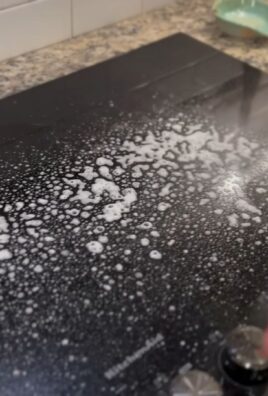
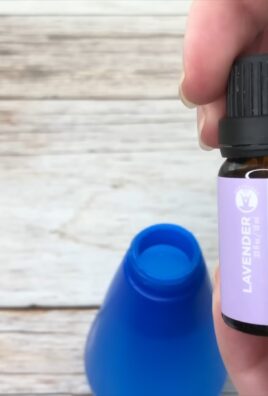
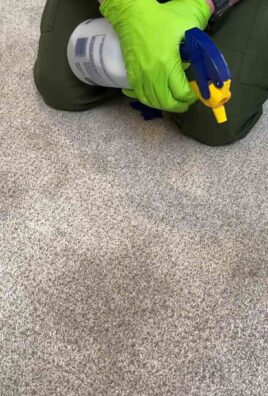
Leave a Comment